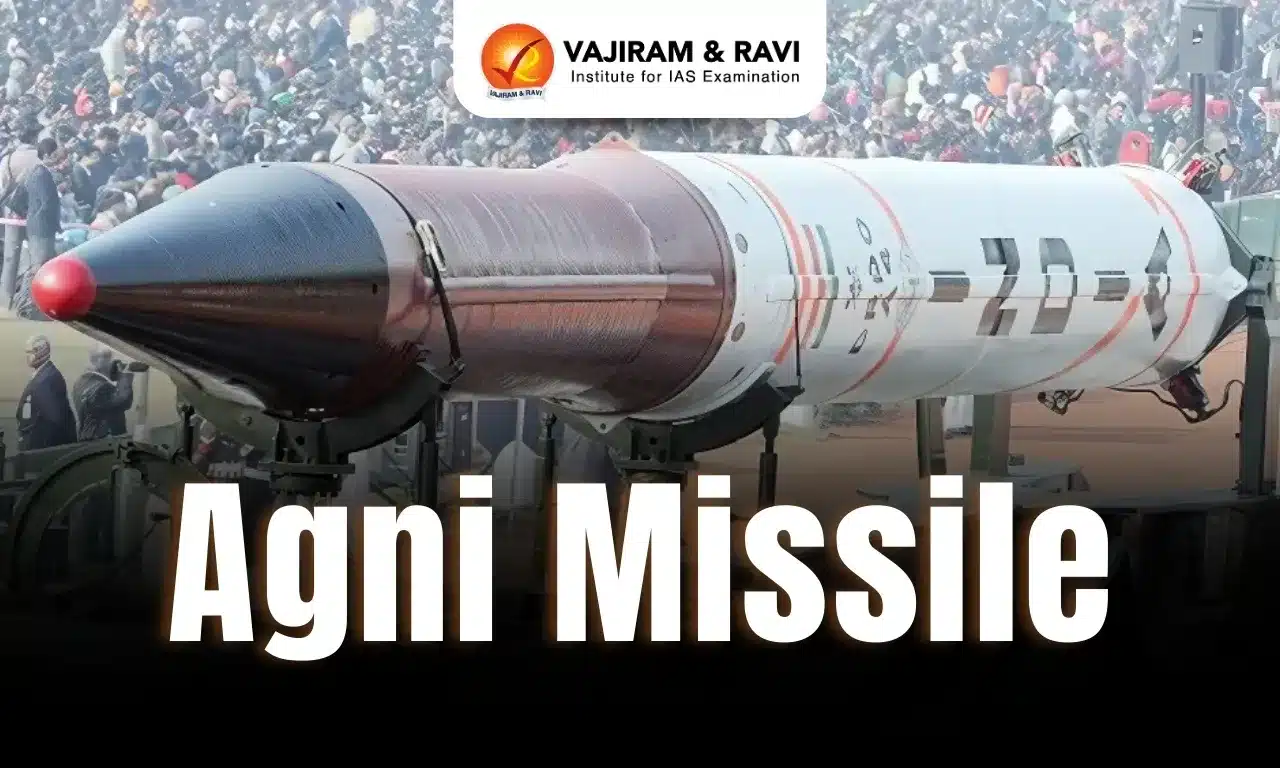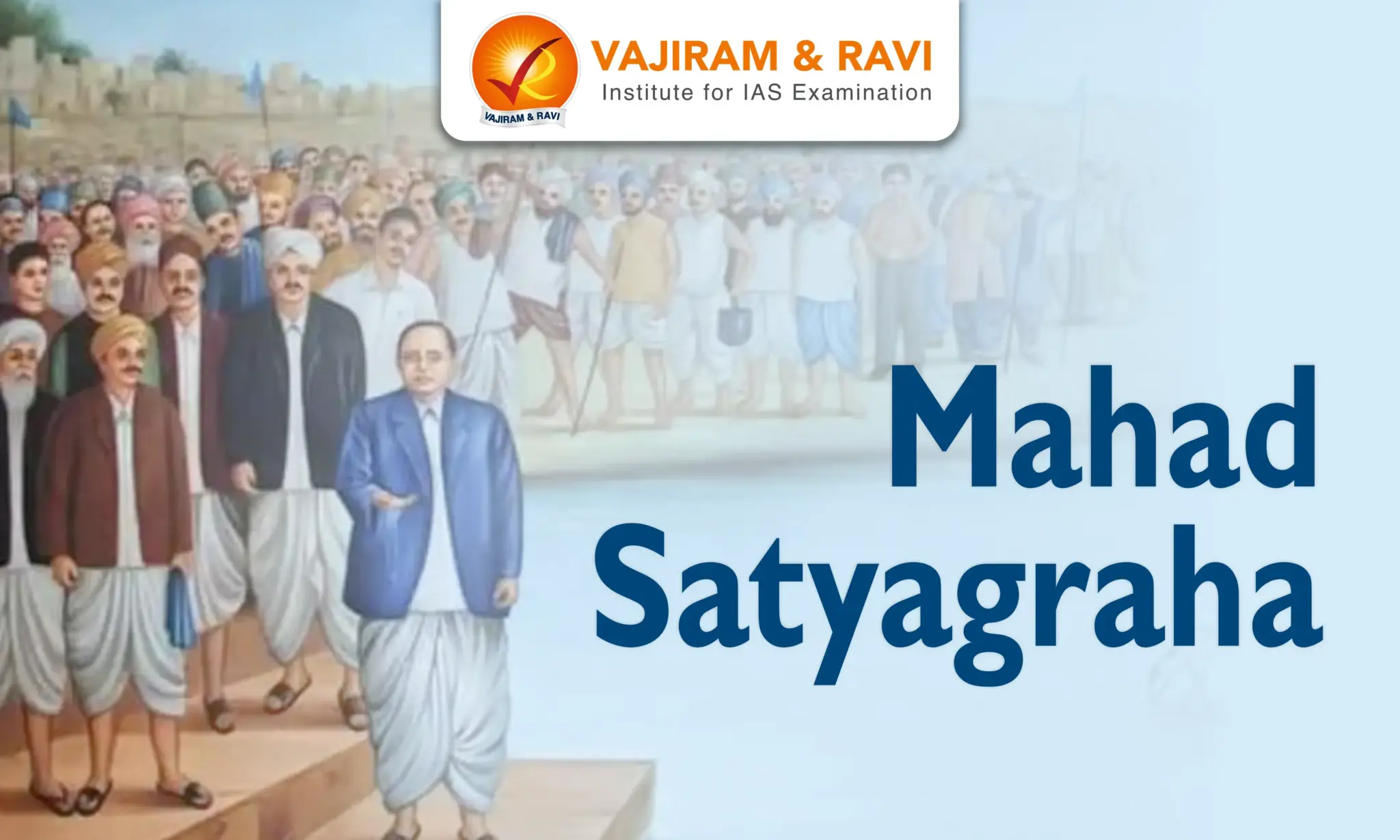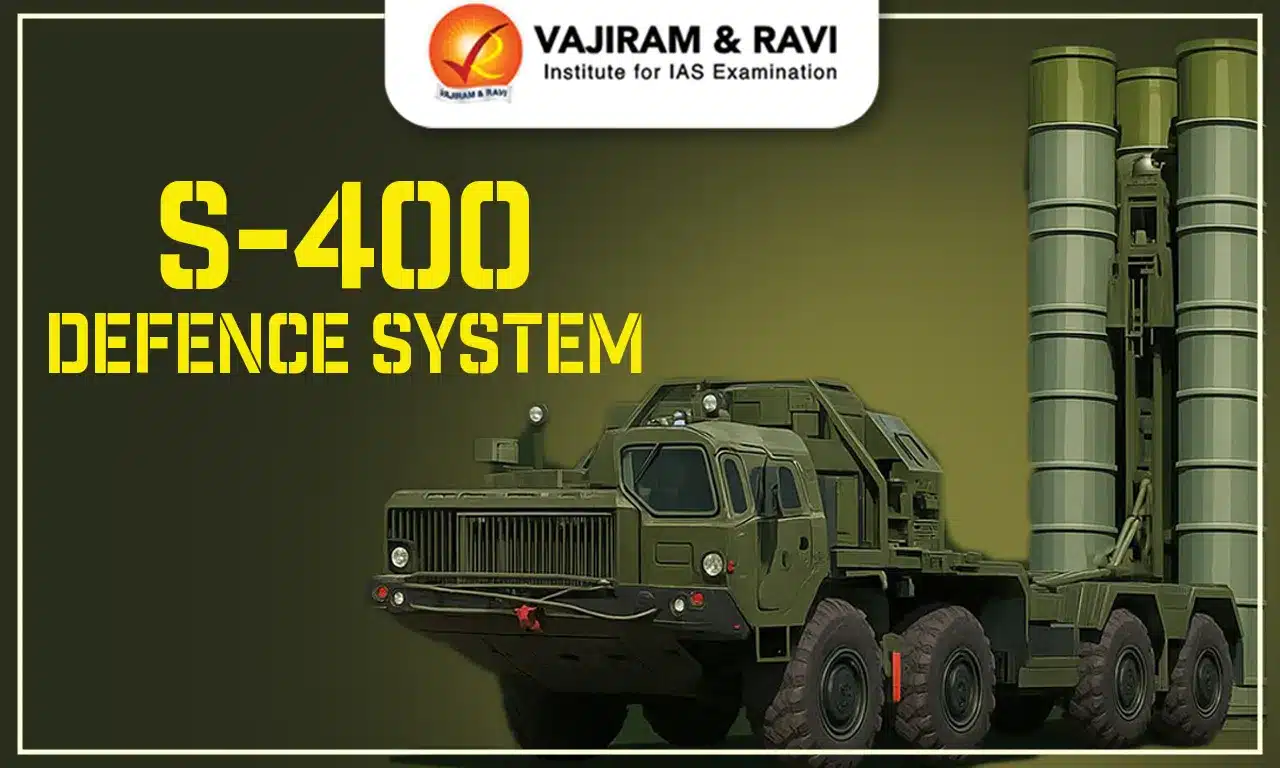The Agni missiles are solid-propelled ballistic missiles, ranging from short-range missiles to intercontinental ballistic missiles, with road and rail mobility providing greater chances of survivability during an enemy attack.
The development of the Agni missile series was started in early 1980 as part of the Integrated Guided Missile Development Program led by former President APJ Abdul Kalam. Since then, India has developed many variants of the Agni missile series. Over the last two decades, India has worked to improve its strategic deterrent capability by developing a variety of ballistic missiles, precision-guided munitions, and related platforms.
Agni Missile Working
Ballistic missiles are initially propelled by a rocket or series of rockets but then follow an unpowered trajectory that arches upwards before descending to reach their target.
- The missile’s fuel, or propellant, is burned in an engine, creating hot exhaust gases, which are funnelled through a nozzle at the rear of the missile. This action generates thrust at the missile’s base, forcing it upwards in the opposite reaction. To achieve lift-off, the thrust must be greater than the missile’s weight.
- The missile will continue to accelerate until its propellant runs out, at which point it will have reached its maximum speed and will continue to move at that speed until another force, such as gravity or air resistance, acts on it.
- The time at which this occurs is referred to as the burnout time, and the velocity attained is referred to as the burnout velocity.
- When a missile runs out of propellant, getting the timing and velocity right is critical to ensuring the payload reaches its target.
- Ballistic missiles have three stages of flight:
- Boost Phase: A missile will use up all its propellant during a short period known as the boost phase, after which its trajectory is set and cannot be changed. For an ICBM, this period may last only a few minutes.
- Midcourse Phase: After the boost phase, the missile stops accelerating and is propelled by its own momentum, entering what is known as the midcourse phase.
- Terminal Phase: It begins when the detached warhead(s) reenter the Earth’s atmosphere and ends upon impact or detonation. An ICBM may coast through space for up to 20 minutes before re-entering the atmosphere for the terminal phase of its flight path.
Development of Agni Missiles
The Agni missile was developed as part of India's Integrated Guided Missile Development Program (IGMDP) in 1983, which also produced the Prithvi, Nag, Akash, and Trishul missiles. India’s Defence Research and Development Organisation (DRDO)originally envisioned a two-stage rocket, the Agni demonstrator for validating re-entry vehicle technologies.
- The Agni missile was developed by the DRDO using two existing boosters: a solid-fueled first stage from India's SLV-3 space launch vehicle and a modified Prithvi-I body for the missile's upper stage.
- In 1989, India flight tested the Agni demonstrator for the first time.
- The DRDO tested an upgraded Agni demonstrator in 1992, which included a manoeuvring re-entry vehicle and an open interstage, removing the need for ullage motors between the first and second stages.
- DRDO conducted a third flight of the demonstrator in its upgraded configuration in 1994.
- Following the completion of reentry studies, the DRDO repurposed the Agni demonstrator as a single-stage ballistic missile, the Agni-I.
Types of Agni Missiles
The Agni missile series is the backbone of India's nuclear weapon delivery. The Agni missile series includes missiles I–V, with the most advanced, Agni-V. In addition to the Agni-V, India currently has the following Agni missiles: Agni-I, Agni-II, Agni-III, and Agni-IV and Agni Prime.

Agni-I Missile
Agni-I development began in 1999, and the missile had its first successful test launch in 2003. Since its initial deployment, the Agni-I has been tested on a regular basis by India's Strategic Forces Command.
- The nuclear-capable road-mobile missile was first deployed by the Indian Army's Strategic Forces Command in 2007.
- It is a single-stage, solid-fuel missile.
- It is a short-range ballistic missile (SRBM) with a heavy payload but can travel up to 1200 km with lighter payloads, which makes it a medium-range ballistic missile (MRBM).
- Range: 700 km- 1200 km
- Powered by a solid-propellant booster based on the Indian Space Research Organisation's (ISRO) SLV-3.
- The Agni-I is designed to be launched from rail-based platforms or road-mobile transporter erector launchers (TELs).
Agni-II Missile
The first test-firing of the prototype of the Agni-II missile was carried out in 1999. In 2010, the trial of a nuclear-capable Agni-II ballistic missile was conducted by the Special Strategic Command Force from the Integrated Test Range (ITR) before it was made operational by the Army.
- Agni-II was developed by Advanced Systems Laboratory, along with other DRDO laboratories and integrated by Bharat Dynamics Limited.
- It is a surface-to-surface medium-range nuclear-capable missile.
- Range: 2000 km (can be increased to 3000 km by reducing the payload).
- It is a two-stage ballistic missile with solid fuel.
- Payload: 1000 kg.
- The missile is equipped with an advanced high-accuracy navigation system, guided by a novel state-of-the-art command and control system and propelled by a solid rocket propellant system.
Agni-III Missile
The system was first successfully flight-tested in 2007, and since then, it has been successfully tested several times.
- The Agni-III is a two-stage, solid-propellant missile deployed in rail-mobile mode.
- It is an Intermediate Range Ballistic Missile.
- Surface-to-surface ballistic missile.
- Range: 3,500 km
- Payload: 1500 kg
- Due to its high range of circular error probable(CEP), the Agni-3 missile is known as one of the world's most accurate strategic ballistic missiles of its range class.
Agni-IV Missile
Agni-IV is the fourth brilliant result of DRDO work in the Agni series of missiles, previously known as Agni II prime. Agni-IV was first tested in 2011, from Wheeler Island off the coast of the eastern state of Odisha.
- Agni-4 is an intermediate-range ballistic missile
- Payload: 1,000 kg
- Range: Up to 4,000 km.
- It is a surface-to-surface missile.
- It is a mobile, two-stage solid-fuel system.
- Equipped with state-of-the-art Avionics, the 5th generation onboard computer, and distributed architecture.
- It has the most recent features to correct and guide itself during in-flight disturbances.
- It has a circular error probable (CEP) of less than 100 meters.
- CEP is a measure of a weapon system’s accuracy.
- The most accurate Ring Laser Gyro based Inertial Navigation System (RINS) supported by a highly reliable redundant Micro Navigation System (MINGS), ensures the vehicle reaches the target within two digit accuracy.
Agni-V Missile
Agni-V was first test-fired in April 2012 from Wheeler Island off the coast of Odisha, the test was successful. Following that, India conducted numerous advanced missile feature tests.
- Agni-V is an intercontinental ballistic missile (ICBM) powered by solid fuel.
- Nuclear-capable missile, which uses a three-stage solid-fuelled engine.
- It's an advanced surface-to-surface ballistic missile.
- It is a three-stage solid-rocket-powered missile capable of carrying a 1.5-tonne nuclear warhead.
- Range: 5,000 to 5,500 kilometers.
- Which puts major cities in China, including the capital Beijing, within its range.
- It is a fire-and-forget missile that cannot be stopped without an interceptor missile.
Agni Prime Missile
Agni Prime Ballistic Missile was tested for the first time in June 2021. It is lighter than any of the previous Agni missiles. It is the sixth and most recent variant of the Agni series missiles.
- Agni-P is a new generation nuclear-capable medium-range ballistic missile (MRBM).
- It is a two-stage canisterised solid propellant ballistic missile.
- This is a surface-to-surface ballistic missile
- Range: 1000 to 2000 km.
- Payload: Around 1,000 Kg
- It incorporates upgrades such as propulsion systems, composite rocket motor casings, and advanced navigation and guidance systems.
- Agni-Prime may be launched by train or road and stored for an extended period of time. It can be used to target enemy ships in the Indian Ocean.
Agni-VI Missile
Agni-VI is another powerful intercontinental ballistic missile said to be in its early stages of development by DRDO labs.
- It will be the most recent and advanced version of the Agni (missile) program.
- It will be capable of being launched from submarines or from land and will be able to strike at a target of 6,000-10,000 km with multiple independentlytargetable reentry vehicle (MIRV) warheads.
Agni Missile Significance
Agni missile series has elevated India's profile not only in technological, scientific, and security fields but also in international politics.
- Raise nuclear deterrence: Agni-category missiles form the backbone of India's land-based nuclear deterrence and it is at the core of the country’s deterrence in the larger context of the Sino-Indian power equation.
- The Agni-V project is aimed at boosting India's nuclear deterrence against China, which is known to have missiles like Dongfeng-41 having ranges between 12,000-15,000 km.
- Boosting defence arsenal: India’s defence arsenal received a significant boost with Agni-V, considered India’s first true intercontinental range ballistic missile (ICBM).
- Intercontinental Range Ballistic Missile (ICBM) Club: With the addition of Agni-V to its arsenal, India has now joined the elite ICBM club with just five other countries across the world: the United States, Russia, France, China, and Britain.
- Nuclear retaliation to first strike: India’s nuclear doctrine commits to “no first use”, with weapons to be used only in retaliation against a nuclear attack on Indian territory.
In a stand that reflects the capabilities India has built over the years, the doctrine states nuclear retaliation to a first strike will be massive and designed to inflict unacceptable damage.
Last updated on December, 2025
→ Check out the latest UPSC Syllabus 2026 here.
→ Join Vajiram & Ravi’s Interview Guidance Programme for expert help to crack your final UPSC stage.
→ UPSC Mains Result 2025 is now out.
→ UPSC Notification 2026 is scheduled to be released on January 14, 2026.
→ UPSC Calendar 2026 is released on 15th May, 2025.
→ The UPSC Vacancy 2025 were released 1129, out of which 979 were for UPSC CSE and remaining 150 are for UPSC IFoS.
→ UPSC Prelims 2026 will be conducted on 24th May, 2026 & UPSC Mains 2026 will be conducted on 21st August 2026.
→ The UPSC Selection Process is of 3 stages-Prelims, Mains and Interview.
→ UPSC Result 2024 is released with latest UPSC Marksheet 2024. Check Now!
→ UPSC Prelims Result 2025 is out now for the CSE held on 25 May 2025.
→ UPSC Toppers List 2024 is released now. Shakti Dubey is UPSC AIR 1 2024 Topper.
→ UPSC Prelims Question Paper 2025 and Unofficial Prelims Answer Key 2025 are available now.
→ UPSC Mains Question Paper 2025 is out for Essay, GS 1, 2, 3 & GS 4.
→ UPSC Mains Indian Language Question Paper 2025 is now out.
→ UPSC Mains Optional Question Paper 2025 is now out.
→ Also check Best IAS Coaching in Delhi
Agni Missile FAQs
Q1. Which type of missile is Agni 1?+
Q2. Which variant of Agni Missile is one of the strongest in India?+
Q3. What is the contribution of APJ Abdul Kalam to the missiles of India?+
Tags: agni missile quest


















